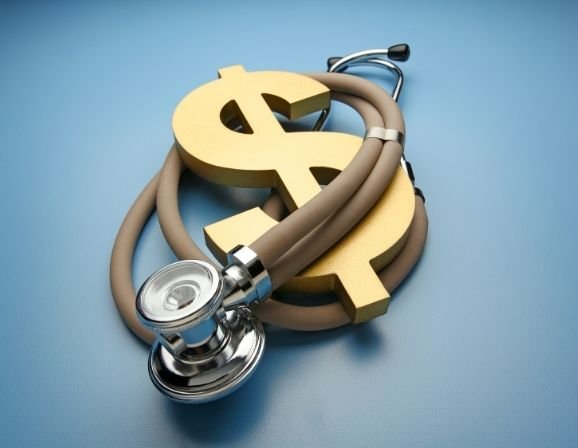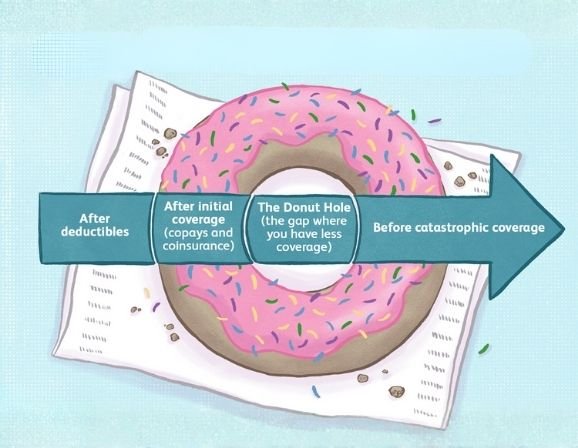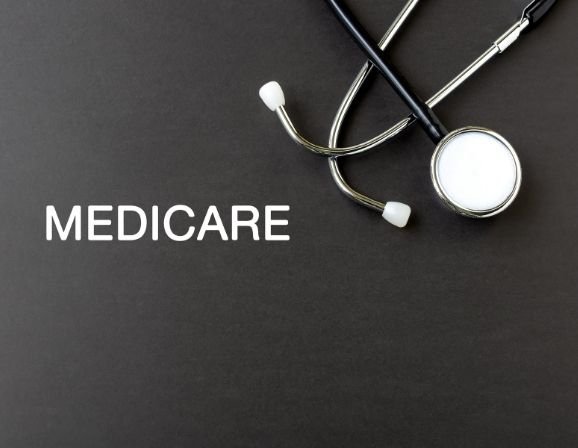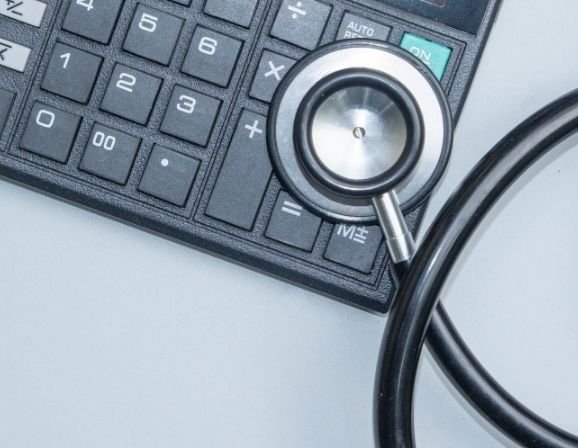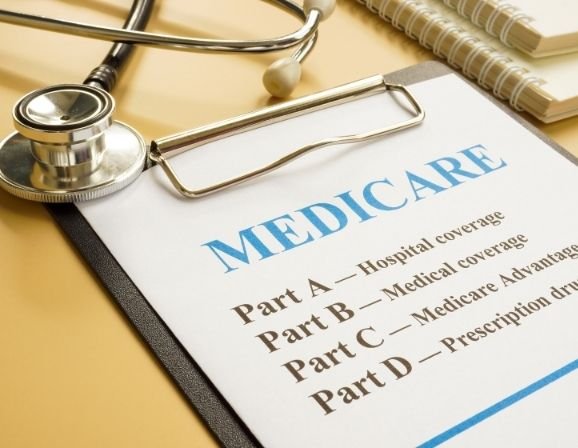If you’re on Medicare and struggling to afford your prescriptions, the Medicare Part D Low-Income Subsid also called the Extra Help program could be your biggest relief. It’s a federal program that helps people with limited income pay less for their drug plan premiums, deductibles, and copays. Understanding how this program works and how to qualify can save you thousands each year.
What Is the Extra Help Program
The Extra Help program, also known as the Low-Income Subsidy, helps Medicare beneficiaries manage their Part D drug plan expenses. It covers part or all of the monthly premium, reduces or removes deductibles, and lowers the cost of both generic and brand-name prescriptions. However, it’s important to understand what the program doesn’t pay for. Some drugs and services fall under Medicare Part D exclusions, such as over-the-counter medications, cosmetic treatments, and certain vitamins or supplements.
People who qualify for this program also avoid paying late enrollment penalties and can switch their Part D plan more freely throughout the year. The goal is simple: no one should have to skip medication because of cost.
Who Qualifies for the Medicare Part D Low-Income Subsidy
Eligibility depends on income, assets, and current enrollment in other benefit programs. Some individuals are enrolled automatically, while others must apply through Social Security.
Automatic Eligibility
You automatically qualify for the Extra Help program if you:
- Receive full Medicaid benefits
- Get Supplemental Security Income (SSI)
- Are enrolled in a Medicare Savings Program such as QMB, SLMB, or QI
If you meet any of these criteria, you don’t need to apply separately. You’ll receive a letter confirming your eligibility and explaining your new drug cost reductions.
Income and Resource Limits
If you aren’t automatically eligible, you can still qualify by meeting specific financial limits. For 2025, approximate guidelines are:
- Single person: income up to $23,000 per year, assets below $17,000
- Married couple: income up to $31,000 per year, assets below $34,000
These numbers may vary slightly each year. Assets include bank accounts, stocks, bonds, and other savings, but not your home, vehicle, or personal belongings.
Why It’s Worth Checking Eligibility
Even if you think your income is too high, apply anyway. Many people qualify because not all income is counted. Some medical expenses and support payments are excluded. A few minutes spent applying could save you hundreds every month.
How to Apply for the Extra Help Program
Applying is easy and free, and you can do it at any time of the year. There’s no fixed enrollment window for Extra Help.
Steps to Apply
- Get Form SSA-1020 from your local Social Security office or website.
- Complete it with details about your income, savings, and living situation.
- Attach documentation like pay stubs, benefit letters, or bank statements.
- Submit the application by mail, online, or in person.
- Wait for a decision letter confirming approval or denial.
Once approved, your Part D plan costs will drop automatically.
Important Reminders
- Apply even if you’re unsure of eligibility.
- Reapply if your financial situation changes.
- Keep a copy of your approval notice to show at the pharmacy if needed.
You can appeal if your application is denied.
Why Acting Now Matters
Delaying your application means paying more than necessary for prescriptions. Every month you wait is money wasted. For most people, the Extra Help program can save thousands per year.
If your income has recently dropped or your spouse’s situation has changed, you might qualify now even if you didn’t before. Act quickly benefits start as soon as you’re approved.
| Don’t Miss Your Chance for Medicare Savings Prime Life Financial helps seniors apply for the Medicare Part D Low-Income Subsidy and find the most affordable plan. Get Help |
What Happens After You’re Approved

Once your application is approved, you’ll receive a letter explaining your benefit level full or partial. You’ll also see when your lower costs begin.
If you don’t have a Part D plan yet, Medicare will automatically enroll you in one that works in your area. If you already have coverage, you can choose whether to stay or switch. Extra Help gives you flexibility: you can change your Part D plan once per month if your prescriptions change or if you find a better fit.
How the Subsidy Reduces Drug Costs
People with full Extra Help pay no monthly premium for basic plans, no deductible, and very low copays usually around $4 for generics and $10–$12 for brand-name drugs.
Partial Extra Help beneficiaries pay reduced premiums and smaller copays than regular Part D enrollees. The subsidy also shields you from the “coverage gap,” so your out-of-pocket costs stay steady all year. For anyone living on a fixed income, these savings can make a huge difference in their monthly budget.
How Social Security Manages Eligibility
Social Security reviews your information each year to confirm eligibility. You’ll receive a renewal form to report any changes in income or resources.
If your financial situation stays the same, your benefits will continue automatically. If it changes, your coverage level may be adjusted. You can reapply at any time if your circumstances worsen later. This review ensures the subsidy always goes to those who need it most.
Common Mistakes When Applying
Many applications are delayed or denied because of small mistakes. Avoid these common errors:
- Forgetting to include your spouse’s income or assets
- Using gross income instead of adjusted income
- Leaving out deductible expenses that could lower your countable income
- Not reporting changes promptly when your situation changes
Always review your application before sending it. If you’re denied, you can appeal within 60 days by submitting additional proof.
How to Keep Your Benefits Active
Once you’re approved, staying covered is simple. Reply promptly to any letters from Social Security or Medicare. Report major changes like marriage, divorce, inheritance, or moving.
Every fall, review your drug plan to ensure it still fits your prescription needs. Prices and covered drugs can change each year, so switching might save you even more. At Prime Life Financial, advisors can review your coverage and help you find the most cost-effective option.
What If You’re Denied?
Image:
Alt Text: Older man reading denial letter from Social Security
Caption: You can appeal if your Extra Help application is denied
If your application is denied, don’t give up. You can file an appeal within 60 days of receiving the decision. Include documentation that shows why your income or assets are actually within limits.
Many appeals succeed once errors are corrected or missing information is provided. If you’re still denied, you can reapply at any time if your circumstances change. Prime Life Financial can assist you through this process and ensure every step is done correctly.
| Get Guidance on Medicare Part D Savings Today Prime Life Financial can help you apply for the Extra Help program and choose a plan that fits your needs. Start Now |
Final Thoughts

The Medicare Part D Low-Income Subsidy also known as the Extra Help program exists to ensure that limited income never keeps you from getting your medication. Whether you qualify automatically or apply on your own, the process is simple, and the savings are real.
Prime Life Financial can walk you through every step, from checking eligibility to enrolling in the right plan. Don’t wait for prices to climb get the help you deserve and start saving today.
FAQs
What is the Extra Help subsidy for Medicare Part D?
It’s a federal program that lowers the cost of Medicare drug coverage for people with limited income and resources.
Does LIS Extra Help reduce all Part D premiums?
Yes, full Extra Help covers all basic plan premiums, and partial Extra Help lowers them significantly.
How do I appeal the determination for Extra Help?
You can appeal within 60 days by sending a written request and proof of income or assets to Social Security.
Is Extra Help the same as QMB?
No. QMB helps with Medicare Part A and B costs, while Extra Help focuses on prescription drug expenses under Part D.
